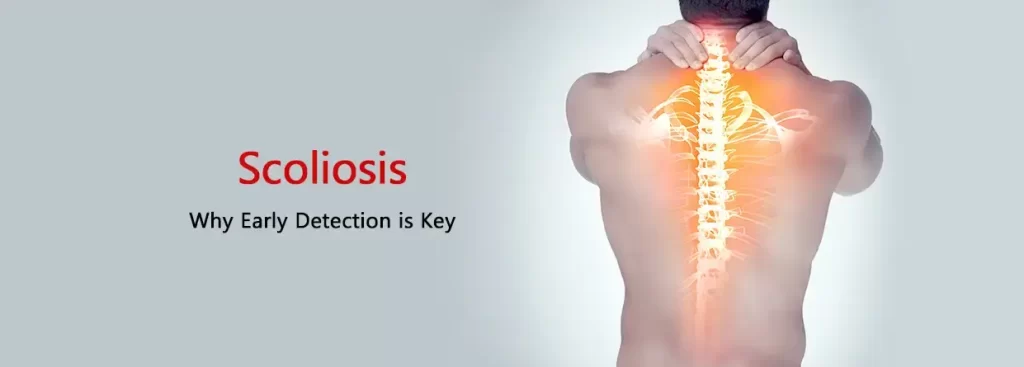
Scoliosis is a condition that affects the spine, causing it to curve sideways. While it is often associated with medical treatments and hospital visits, there is much more to understanding and managing scoliosis beyond the clinical setting. This blog post aims to shed light on scoliosis from a holistic perspective, focusing on lifestyle, support systems, and personal empowerment.
What is Scoliosis?
Scoliosis is characterized by an abnormal lateral curvature of the spine. It can occur at any age, but it is most commonly diagnosed during adolescence. The curvature can range from mild to severe, and in some cases, it may require medical intervention. However, many individuals with scoliosis lead active and fulfilling lives without the need for surgery.
Living with Scoliosis
Living with scoliosis involves more than just medical treatments. Here are some key aspects to consider:
Exercise and Physical Activity: Regular exercise is crucial for maintaining spinal health and overall well-being. Activities such as swimming, yoga, and Pilates can help strengthen the muscles around the spine, improve flexibility, and reduce discomfort.
Posture Awareness: Being mindful of posture can make a significant difference in managing scoliosis. Simple adjustments, such as sitting up straight and avoiding slouching, can help alleviate strain on the spine.
Support Systems: Having a strong support system is essential for individuals with scoliosis. This can include family, friends, support groups, and online communities. Sharing experiences and advice with others who understand the condition can provide emotional support and practical tips.
Nutrition: A balanced diet rich in calcium and vitamin D is important for bone health. Ensuring adequate nutrition can help support the spine and overall health.
Mental Health: Coping with scoliosis can sometimes be challenging, especially for adolescents. It is important to address any emotional or psychological concerns and seek professional help if needed. Practices such as mindfulness and meditation can also be beneficial.
Personal Empowerment
Empowerment is a key aspect of living with scoliosis. Here are some ways to take charge of your condition:
Education: Learn as much as you can about scoliosis. Understanding the condition can help you make informed decisions about your health and treatment options.
Advocacy: Advocate for yourself and others with scoliosis. Raise awareness about the condition and support initiatives that promote research and better treatment options.
Goal Setting: Set realistic goals for yourself. Whether it’s improving your posture, increasing your physical activity, or achieving a personal milestone, having goals can provide motivation and a sense of accomplishment.
Conclusion
Scoliosis is a condition that extends beyond the hospital walls. By focusing on lifestyle, support systems, and personal empowerment, individuals with scoliosis can lead active and fulfilling lives. Remember, you are not alone in this journey. With the right mindset and resources, you can manage scoliosis and thrive.


